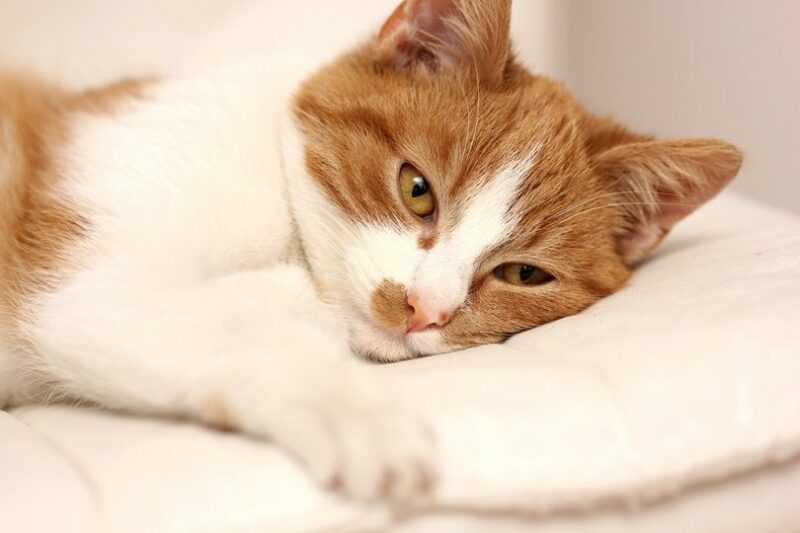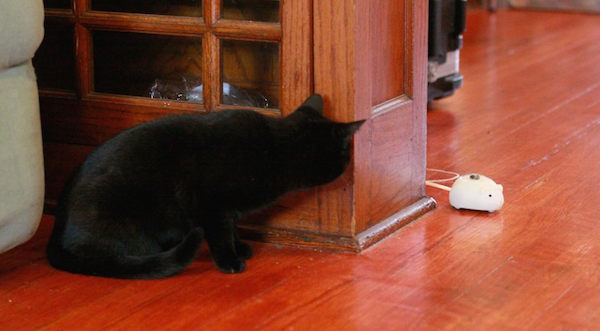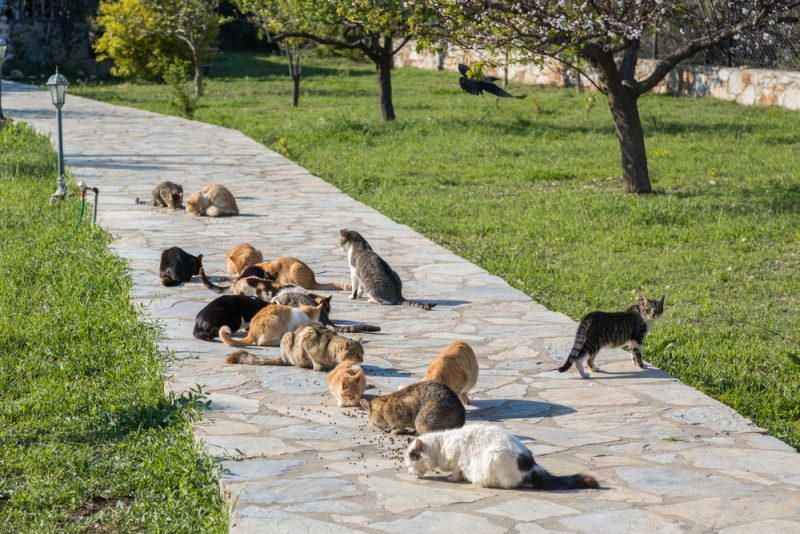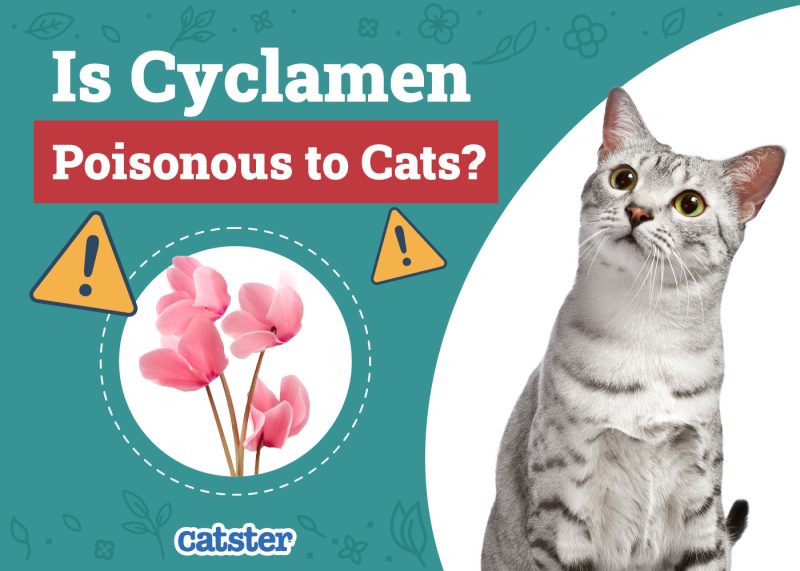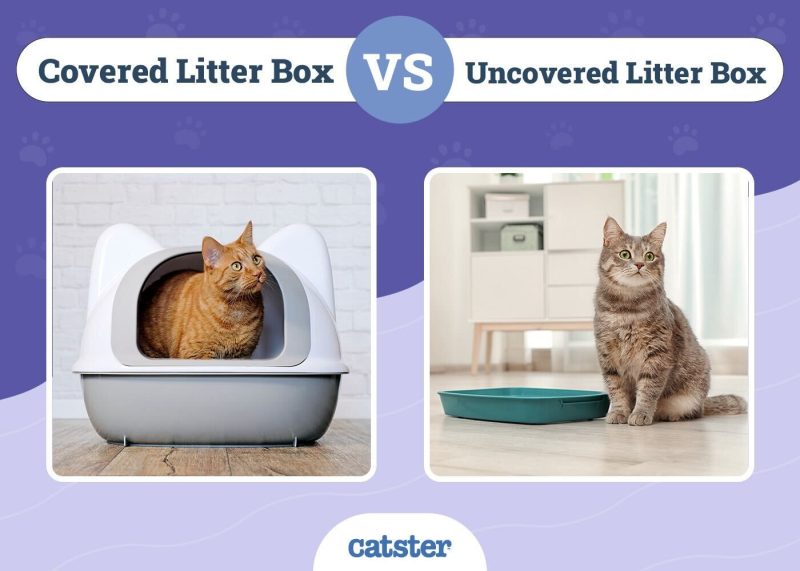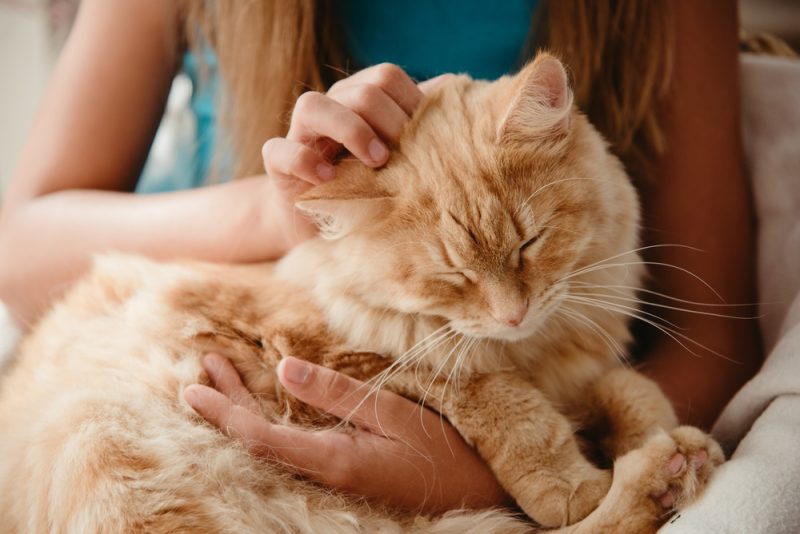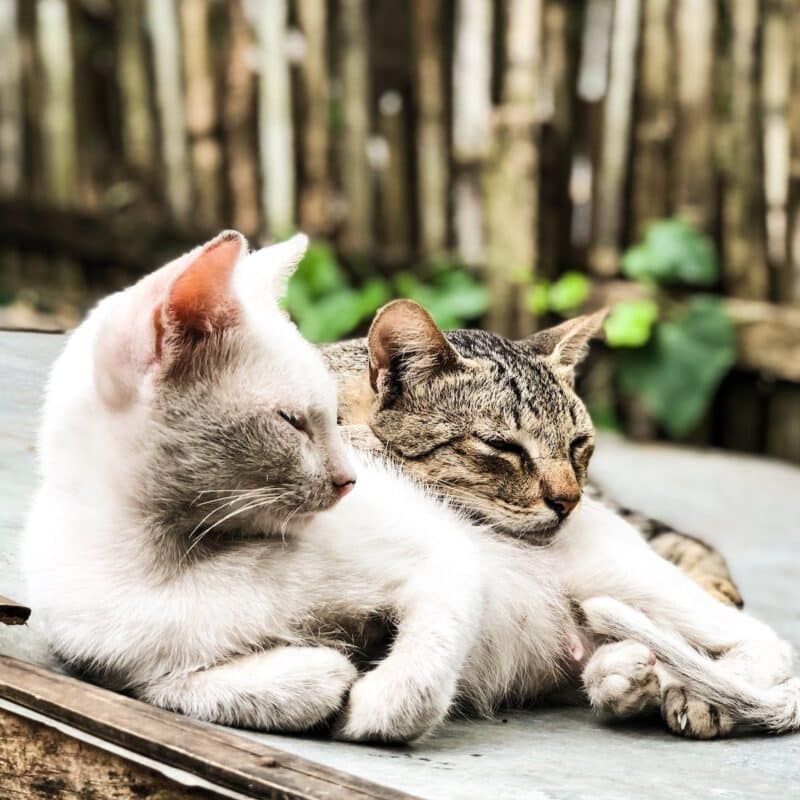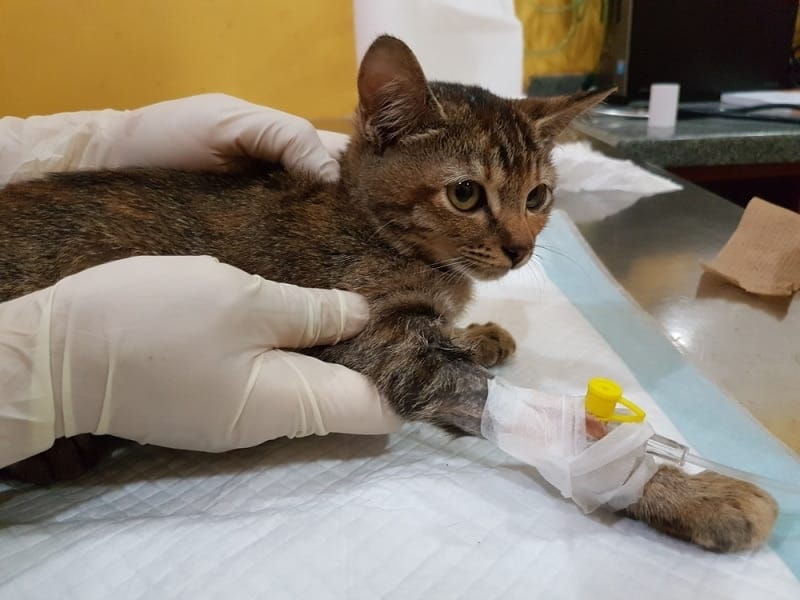Cats instinctively like to be in nature, but the outdoors is not always the safest place for a cat to live. Many cats that are born inside a home or get adopted from a rescue center end up living happy and healthy lives indoors with their human companions. It is a different story when dealing with stray cats or those that are used to living outside most of the time.
It’s possible to turn an outdoor cat into an indoor cat, but the process may not be easy. Once a cat gets used to living outside, they may resist being kept indoors—at least at first. It can seem like you’re being cruel to your kitty, as they will paw at the doors and windows, whine throughout the day and night, and try making a run for it anytime someone enters and exits the home. Rest assured, though, keeping your cat indoors is not cruel. It’s a safety measure that ensures their health and happiness when all is said and done.
Why It’s a Good Idea to Turn an Outdoor Cat Into an Indoor Cat
Keeping a cat indoors increases their safety and minimizes the chance that they will develop an illness or deadly disease. Diseases like parvo, feline AIDS, herpes, leukemia, and peritonitis are common in stray cats. The more time that a cat spends outdoors, the more prone they are to acquiring one or more of these diseases. This alone is a good enough reason to consider making sure your cat stays indoors at all times.
Outdoor cats are also more likely to get into fights with other animals and are prone to dangers like cars, dogs, and uncaring people who want to hurt them. Staying indoors, a cat does not have to face these kinds of dangers.
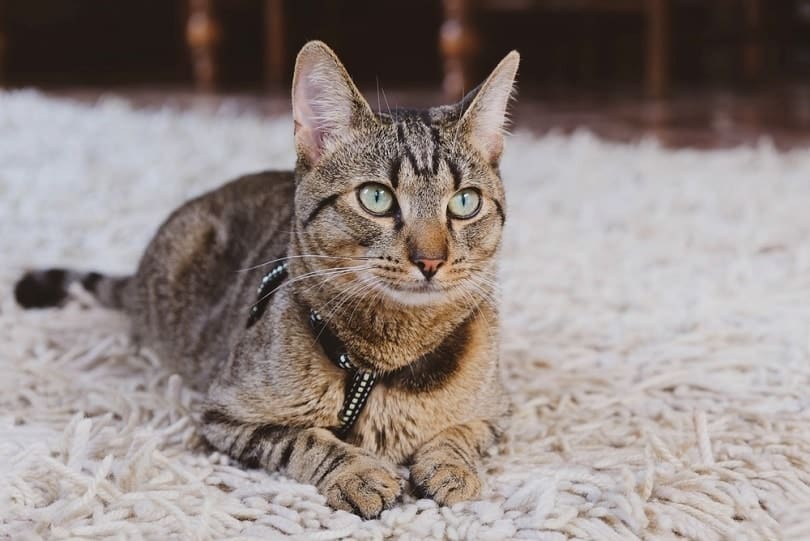
How to Transition a Cat From Living Outdoors to Living Indoors
It takes time and patience to transition a cat from living strictly (or even partly) outdoors to living indoors full time. The key is to make the indoors as interesting and exciting as the outdoors would be. You must consider all the things that cats like about the outdoors, such as trees and other structures to climb on, natural obstacles to work their way through, and prey to pounce on.
Keeping these things in mind, you can create a magical wonderland for your cat to explore. Here are a few suggestions on how to do that.
Incorporate Multiple Climbing Structures
Cats love climbing and adventuring, so make sure you incorporate multiple climbing structures into your home for your feline family member to enjoy. Place a climbing tree in front of a large window in your living room so they can see what’s going on outside. Put a smaller one in your bedroom or near your dresser where they can perch and survey their surroundings.
You can also put one near their food station so they can keep an eye on what’s happening with their sacred area from above. Climbing trees come in various shapes, sizes, colors, and styles, so it is possible to seamlessly incorporate them into your home’s décor.
Try Multi-level Living
Ensure that your new indoor cat has multiple vertical levels to investigate and hang out on. As natural predators, they always want the best vantage point when it comes to seeing what’s happening in the area that they are spending time in. Consider installing floating shelves on the walls for them to climb on. Clear off a shelf on your bookcase for them to snuggle into. Install window perches, put tables in front of your windows, and/or create “tunnels” out of pliable metal to hang on the walls.
Know That Interaction Is the Name of the Game
Cats like to play, hunt, and explore as much as they like napping. They need things to keep their interest, teach them new skills, and stimulate their brains when you aren’t there to interact with them. A great way to make sure your cat has plenty of interaction is to have things like puzzle toys be available in the house.
This doesn’t have to be a pricey investment. You can cut holes in cardboard boxes to create puzzles and mazes, tie knots in old socks to create play toys, and buy wind-up toy mice for them to play with when you leave the house. The more interactive toys and items that you leave for them to explore throughout the day, the more enriched, happy, and healthy they will be.
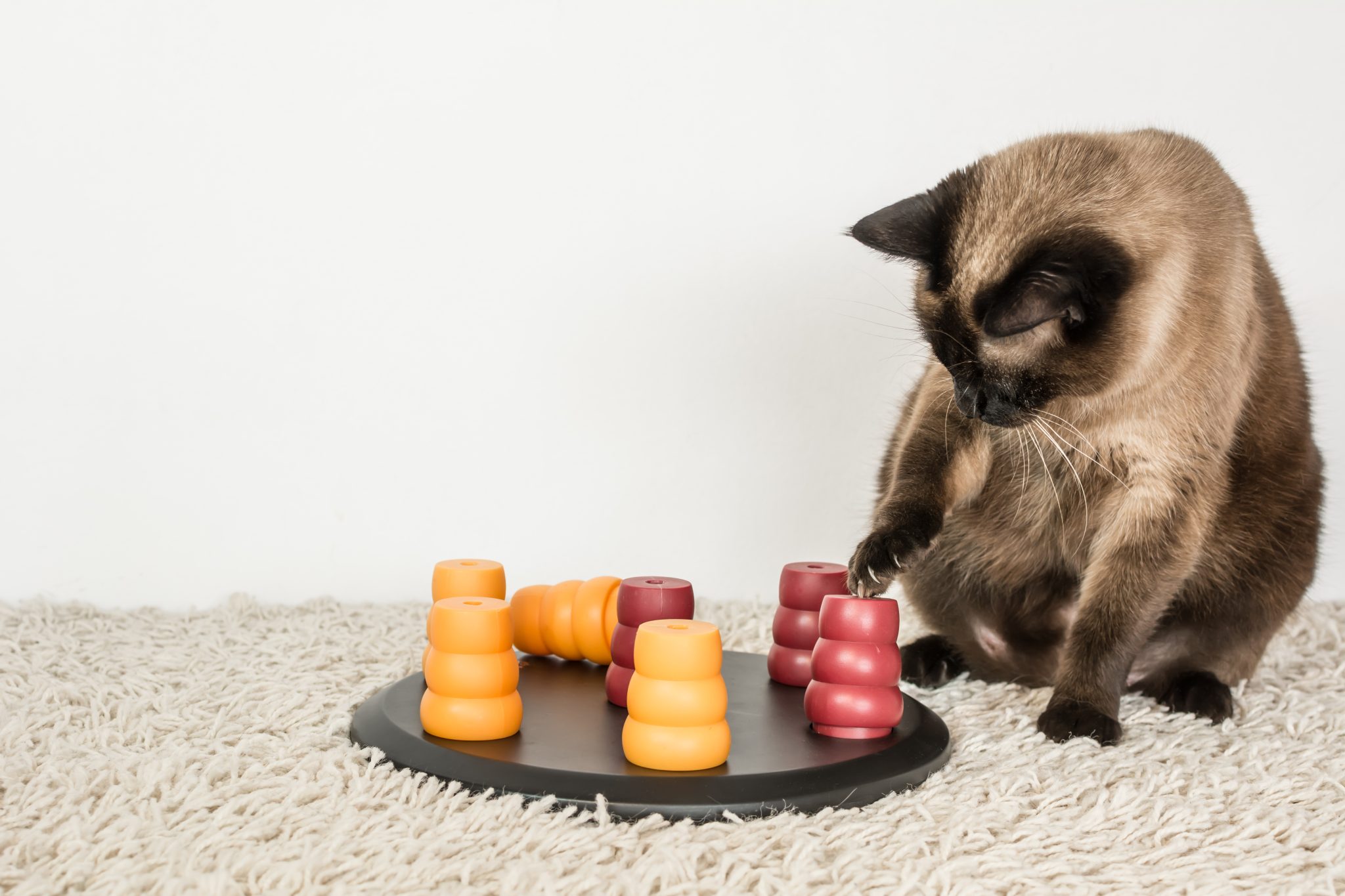
Prepare for Nighttime Living
Most cats that are used to living outdoors tend to keep nocturnal schedules. It’s easier for them to hunt for food and avoid predators and dangers at night when it’s dark rather than during the day when people and animals are out and about. So, you should be prepared to deal with a cat that’s awake while all the humans in the house are trying to sleep. There are a few things that you can do to curb nighttime activity:
- Offer dinner right before bed, as cats tend to take long naps after having a tasty and filling meal.
- Play a game with your cat to help them burn off pent-up energy. This should help them get comfortable and snuggly while you sleep.
- Hide your cat’s “prey” toys in the furniture and other places to give them something to do during the night. This should decrease the number of times that they wake you up.
Exert Extra Efforts
There are many things that you can do to ensure that your cat has a fulfilling life when they can no longer go outdoors. For one thing, make sure toys are available in every room of the house that they are allowed to spend time in. Whether it’s cotton mice, plastic balls, or little crinkly toys, all that matters is that your cat can enjoy different textures, interactions, and results for a dynamic living experience.
Resist the Resistance
Your cat will likely howl, meow, hiss, and scratch at the doors when they are being transitioned into indoor living. Be sure to expect such behavior and resist giving in when it persists. It is natural for a cat to want to go back to the environment that they are used to, but don’t give in; maintain patience throughout the transition period. Before long, your cat will start feeling comfortable and content indoors, especially if you have taken steps to ensure that their environment is interesting and interactive.
In Conclusion
Cats are naturally curious creatures that require places to investigate and explore. Fortunately, you can turn your house into a cat’s dreamland with a bit of imagination and commitment. Hopefully, the steps outlined here will help ease transitioning a cat from outdoors to indoors.
See Also:
- Why You Should Grow Cat Grass: Benefits & Uses Explained
- Can You Keep a Cat Outdoors Safely? Protection Tips & Precautions
Featured Image Credit: AjayTvm, Shutterstock



